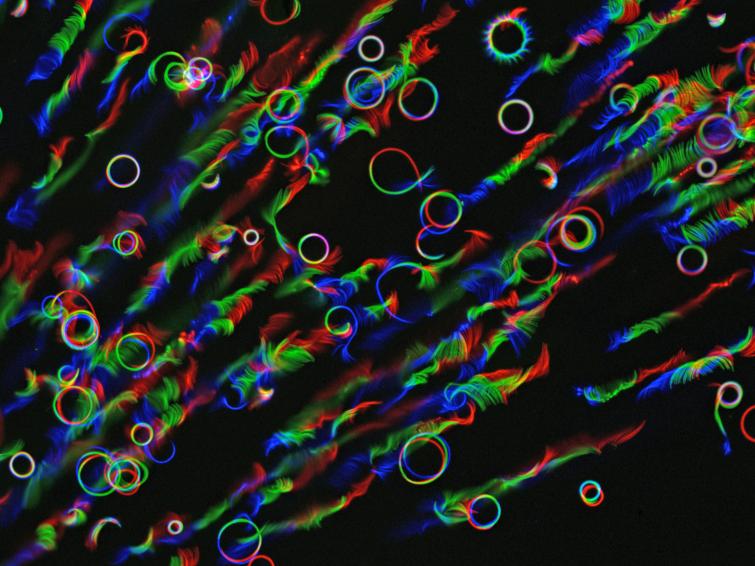
 Press
Press
Malaria: a new route of access to the heart of the parasite
Scientists have just identified an Achilles heel in the parasite that causes malaria, by showing that its optimum development is dependent on its ability to expropriate RNA molecules in infected cells - a host-pathogen interaction that had never previously been observed. Although the precise function of this deviation remains mysterious, these findings open new perspectives for the targeted delivery of therapeutic agents within the parasite. This study, performed by the CNRS Architecture et Réactivité de l’ARN laboratory (Strasbourg), in collaboration with the Malaria Infection and Immunity Unit at Institut Pasteur (Paris), is published in PNAS the week of 11 April 2016.
Single-cell parasites in the Plasmodium genus are the infective agents responsible for malaria and constitute one of the principal threats to human health and development in southern hemisphere countries. The life cycle of this parasite occurs partly in the Anopheles mosquito (digestive tract, salivary glands) and partly in humans or other mammals (liver, blood cells).
Photo : The malaria parasite ballet: two minutes of malaria parasite movements divided in the three stages of 40 seconds each, during which the parasites are represented successively in red, green, and blue. The parasites drift passively in the environment (lines) or move actively on the substrate (circles).